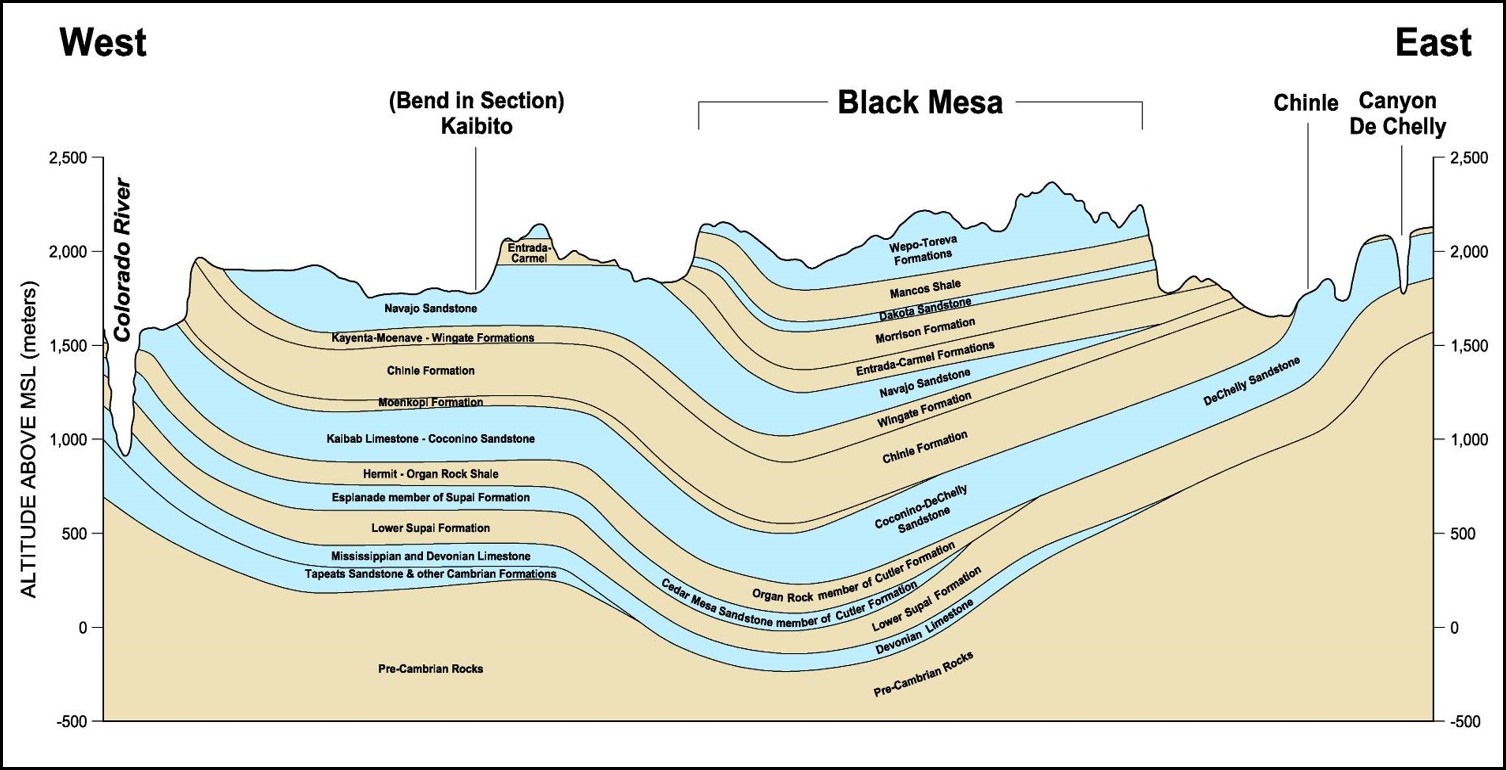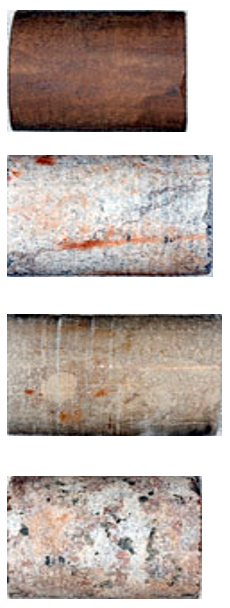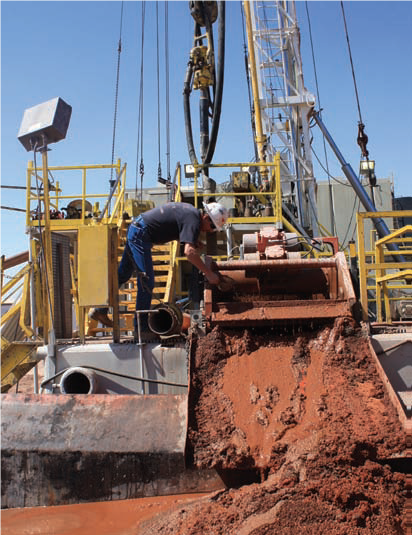Site: Arizona Utilities CO2 Storage Pilot – Cholla Site
Type: Saline
Source: Arizona Power Plants- Annual Emissions: ~40.8 million metric tons (45 million tons) CO2
Lat/Long
34.9281573 -110.25911519 (well site)
Why This Location?
The Arizona Cholla Site was chosen because of its potential as a representative site for storing carbon dioxide (CO2) from the coal-fired power plants located in the Colorado Plateau. The regional geologic setting consists of thick sedimentary sequences with nearly horizontal stratigraphy and few faults. The site was selected from a group of four areas of interest identified in a reconnaissance-level investigation. The factors considered in developing areas of interest included the presence of reservoir rock, sufficient hydrologic head to enable injection at supercritical conditions, salinity at injection depths of >10,000 milligram per liter total dissolved solids (TDS), presence of suitable seals, and proximity to large coal-fired power plant sources. The proposed project received partner support from the Arizona Public Service Company, Tucson Electric Power, Peabody Energy, the Salt River Project, and the National Rural Electric Cooperative. The proposed project also received public support from business and community leaders, such as the Northern Arizona Council of Governments.
Main Research Q&As Discovered
The main technical goal of the Arizona Utilities Carbon Dioxide (CO2) Storage Pilot Test – Cholla Site was to determine if the geologic setting at the Cholla site was viable for CO2 storage. In order to determine viability, researchers first collected and assessed available data, including geophysical logs and drill stem tests from the very few deep wells drilled in the region surrounding the site. Information on the presence of reservoir rock, seals, hydrologic head, and salinity indicated that the site was a suitable candidate. Computer simulations were performed to design injection rates, predict plume movement, and support development of monitoring plans. Confidence in the general stratigraphy was high, but because so very few wells had been drilled to depths of interest for CO2 storage in the surrounding region, information on important reservoir properties (i.e., salinity, porosity, and permeability) was extremely limited. The injection well drilled by the project team allowed researchers to closely examine porosity and permeability of the target formations. The project team collected a full set of geophysical well logs and side-wall cores from the sealing and reservoir formation, and also conducted a drill stem test. Unfortunately, analysis of this data showed that the target formations in this location did not have sufficient permeability to inject CO2 on a commercial scale.
The project also fulfilled the objective of gaining experience with regulatory permitting and public outreach associated with CO2 storage in a saline formation in Arizona. The project team succeeded in receiving public support and the necessary permits to drill a CO2 injection well at the site.
Lessons Learned that Impacted Phase III Design?
The development of the Arizona Utilities Carbon Dioxide (CO2) Storage Pilot Test – Cholla Site provided the West Coast Regional Carbon Sequestration Partnership (WESTCARB) with new insights on best practices for siting, permitting, and public outreach, as well as best drilling practices for future geologic storage projects in the area. The key lesson learned was that the risks associated with exploratory drilling in carbonates in an area with few existing wells were greater than expected. The observed stratigraphy was generally consistent with expectations, but the porosity and permeability of the target formations were much lower than expected, suggesting that large heterogeneity may exist in reservoir properties in the carbonates in the region. Another implication of the high risks of exploratory wells in the region is that the cost/benefit of CO2 injection in such wells needs to be considered against the time required for permitting. The overall cost and schedule of the Cholla pilot was significantly increased by the permitting process for CO2 injection. A stratigraphic well would have been permitted in a much shorter time at a much reduced cost. Though CO2 injection would not have been allowed, basic information about porosity and permeability, from cores and drill stem tests, would have provided first-order knowledge of the potential for CO2 storage at the site. The Cholla pilot experience suggests that the option of stratigraphic wells should be seriously considered in situations where few prior wells are available, and particularly in carbonate environments.
Public acceptance for the geologic pilot was based on highly localized perceptions and issues. There was essentially no public opposition to the pilot. Protection of potable water was an important issue. The close collaboration with the largest local employer, the power plant, was viewed as a positive. Locals expressed some skepticism about climate change.
Story of Interest
One of the objectives of the Arizona Utilities Carbon Dioxide (CO2) Storage Pilot Test – Cholla Site was to gain experience with regulatory permitting associated with geologic storage. The project succeeded in obtaining the first-ever Arizona state Aquifer Protection Permit for a well injecting CO2 into a saline formation. This is a significant accomplishment because of the state’s strict protection of all groundwater, regardless of salinity or total dissolved solid (TDS) concentration. The permit requires the site operator to take appropriate measures to protect groundwater from being contaminated and maintain constant monitoring and testing procedures throughout the injection process. West Coast Regional Carbon Sequestration Partnership (WESTCARB) researchers met with Arizona Department of Environmental Quality (ADEQ) regulators to provide information on engineering concepts and processes involved in carbon capture and storage (CCS), research objectives of the proposed pilot at the Cholla site, and technical data needed for the permit. For example, WESTCARB performed numerical simulations of the CO2 plume movement in the reservoir as part of the design of the pilot test. These results were used by the regulators to establish the Point of Compliance (POC), a point in the reservoir beyond which the CO2 plume will not migrate.
Geologist Rock-Fest Call Out
The Arizona Utilities Carbon Dioxide (CO2) Storage Pilot took place at the Cholla site in the northeastern Colorado Plateau, where deep sandstone and carbonate strata offer promising locations for CO2 storage. The Martin and Naco Formations were identified as potential reservoirs due to the high salinity of formation waters and the good caprocks above. The Martin Formation consists of thin-bedded dolomite mudstone and sandy dolomite deposited during the late Devonian Period in a shallow marine shelf near the continental shoreline. The Naco Formation, containing limestone, shale, and sandstone, was deposited in a shallow marine shelf during the late Carboniferous Period, a time of fluctuating sea levels. The overlying Permian Supai Formation was identified as a potential caprock. The Supai Formation consists of red sandstone, mudstone and shale, and anhydrites deposited in river channels, flood plains, and arid coastal plains.
The Naco and Martin Formations were found to have insufficient permeability for CO2 storage at the Cholla site. The findings suggest that large heterogeneity may exist in reservoir properties in the carbonates in the region, but does not eliminate the potential for storage in other areas of northeastern Arizona due to the thickness of deep-lying potential reservoir and sealing formations.






